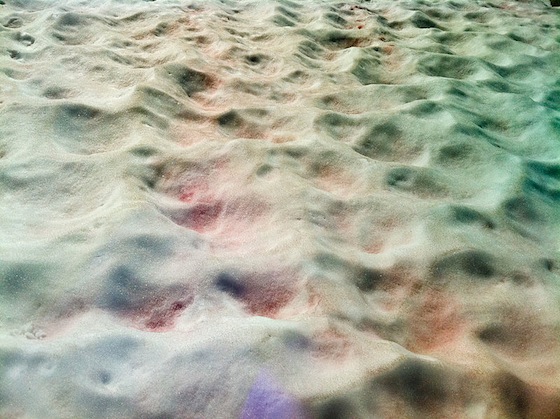
Surprising facts about snow
ADVERTISEMENT
One year living in Alton NH, we had a lot of snow, it kept coming. Many large roofs were collapsing because of the weight. Being an engineer, it got me to wondering what was the weight. I shoveled an exact (as I could) a cubic foot of snow that had varying types of snow, light to heavy loose and packed. Melted it down and weighed the water being 8.4 Lbs per gallon as the quantity was measured as well, being percentage of a gallon.
Measured the area of collapsed roof(s) and snow depths arrived at for the weight of snow on the roofs. The final analysis was determined in pounds or tons. Knowing an adult African Elephant weights 10,000 lbs, some roofs had the equivalent of three elephants.
Now with snow depths being deceiving and basically the weight calculable, roofs didn't get shoveled off. BUT if they knew three elephants were on the roof, they would be removed (somehow). Lesson learned, interesting. I shoveled my roofs off. That may have been the winter we had two storms in one week of 30 inches, and more other dates. Shoveling the roof off, then had to shovel through the snow bank to enter the house. In Michigan in the UP, people have to enter the house through the second floor window. Houlton MI on Lake Superior has a road post with 64 foot accumulated snow marking.
I believe the quote was "bigger than milk pans" not "mild" pans. A little typo there perhaps?
Will you add me to your list please? Thank you!
OOOh! A mild and minor typing error. Thank you for noticing.
Gotta have your hints - tips - facts - please add me to your mailing list. Thanks
Interesting! I hope that everyone's weekend was both great and safe,they are having a good week and has another good weekend!
My next blog will be about last weekend, when we had tornadoes, a blizzard, a tropical storm warning and Santa Ana winds and fires. Like you, I hope everyone is safe!
Its a totally different scenario on the east coast! We have a lot of warm air unusual for October. We went soaring into the upper 80s and could reach 90 tomorrow. My sister lives in Colorado and she is having snow out her way. She sent a few pictures to me of the snow coming down and I'm just sitting here thinking "Is winter really that close?" I am almost certain it will cool down in the east. Once the pattern flip flops (which it always does!) that means cold blasts and even an October nor'easter. October snows really aren't out of the ordinary. Nor'easters and snowstorms are becoming quite common for fall.
The seasons are changing. Winter is coming whether we're ready or not. Im hearing there are already many signals of a brutal winter for the lower 48.
Enjoy it while it lasts. I hope the leaves are pretty where you are.

 Pink snow. Source: Wikipedia
Pink snow. Source: Wikipedia








